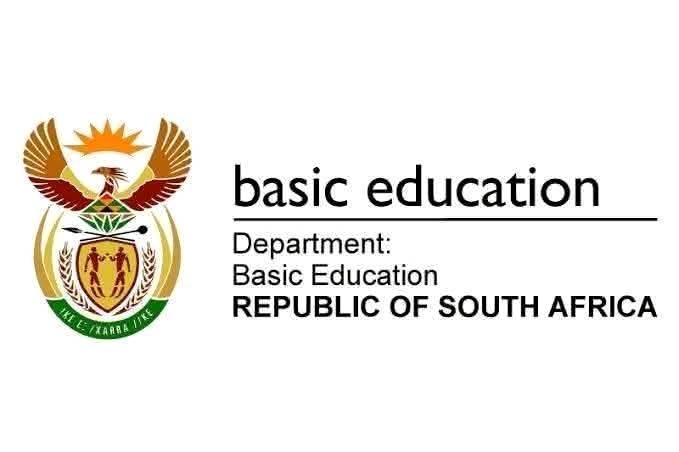Examining the Problem of the High Proportion of Unqualified Grade R Teachers
In the contemporary world, the significance of early childhood education is being acknowledged. As a critical connection between home-based care and schooling, Grade R (Reception Year) is an important stage of education. It comes with a uniquely persistent challenge: the disproportionately high number of underqualified teachers in Grade R classrooms.
This phenomenon, especially visible in South Africa and similarly developing countries, puts the quality and equity of primary education in a foundational stage at risk. What causes this problem? Here, we outline the most important aspects related to the issue of unqualified Grade R teachers.
Lack of Access to Professional Training
An early childhood education (ECE) educator suffers from a clear gap in value: there are no inexpensive and available training courses to advance. Most educator hopefuls start with informal training and are prompted to short courses that fall below a national qualification framework.
Where there is formal training, it is often located in urban areas, and is thus egregiously out of reach for many teachers situated in rural or underserved regions. This spatial disparity is self-perpetuating, because unqualified educators receive and contend with an underwhelming education in regions that desperately need a high-grade standard.
Grade R Teaching Is Not Rigorously Regulated
In comparison to primary or secondary school teachers, a Grade R teacher’s requirements are often far more lenient. Schools, particularly those that are underfunded, may prioritize filling teaching posts over vetting for proper credentials. This practice permits individuals without formal training in early childhood education to be employed, particularly in temporary or short-term roles.
Insufficient Funding for Early Childhood Education
Private institutions, as well as the government, tend to channel most of their education funding to primary, secondary, or tertiary institutions. Early childhood education, even with its long-term advantages, tends to be underfunded.
Consequently, Grade R classes are often staffed with unqualified or underqualified teachers who are willing to work in difficult environments, as they are paid poorly. Qualified professionals are unwilling to enter or stay in the field because the work is not compensated appropriately.
High Demand, Low Supply
Widespread adoption of compulsory grade R education has sparked an increasing demand for educators in various regions. There has been an unaddressed influx of educators in the educational systems. Without adequate supplementary training programs, there has been an influx of untrained educators in the teaching sector, leading to an oversaturation of teachers.
Myths Regarding the Responsibilities of Grade R Educators
Culturally, there is an ongoing misconception that working with children is an easier task that centers on work with less skill, planning, instruction, or training than working with older pupils. This assumption ignores the sophisticated methods involved in the pedagogy of children in the early years.
This is why early childhood teaching and education is often seen as an opportunistic place of work, or a last resort, which further exacerbates the problem of unqualified teachers.
Loopholes In Policies and Delayed Action Towards the Change
There are quite a few policies designed by different governments that seek to classify early childhood education as a profession.However, many of these policies are geared towards previously existing or currently operating Grade R teachers. These policies are far too lenient, as they allow grade teachers to teach freely without any formal certifications as long as they intend to learn and improve their skills after some time. In the absence of strong supervision and support, many teachers tend to relax, and this results in a large number of unqualified grade R teachers in the system.
What Can We Do To Rectify This Problem?
A problem of this nature and gravity needs more than a singular solution conceived in a policy paper. The following steps would be a good start towards solving this issues for these teachers.
Providing greater, easier paths for professional development, professional education should be made more available through distance learning, especially in remote locations.
More funding should be allocated directly to early education and higher retention to attract adequately qualified teachers. This can be done by directly improving early childhood education funding through better salaries.
This can be done through policies enforcing that grade R teaching should require a baseline qualification and supporting those already teaching to achieve those qualifications.
Raise awareness: Educate the public on the value and multifaceted nature of early childhood education in society.
The shortage of qualified Grade R instructors is not an issue of oversight; rather, it illustrates an acute absence of policy, funding, and societal frameworks in the education system. Improving the quality of education requires further action; for instance, ensuring every child is provided access to a qualified, trained, and well-supported Grade R teacher.
